Table of Contents
What wild animals eat radishes?
The most common animals that enjoy eating fresh produce are cats, dogs and rats. However there’s always a chance of others being interested in your radishes too! If you notice animal activity near the garden please take note on how much damage was done so we can determine what might have been responsible for it.
A few different wild species could be dining off your garden’s rich supply – from pesky roaches to hungry slugs, and if one recognizes it’s favorite dish among these tempting treats then all bets might as well go out since they’ll come back again soon enough. It is important to note, that different animals will prefer different parts of the radish (roots, leaves, flowers). However, some general examples of animals that might eat radish from a garden include rabbits, deer, raccoons, groundhogs/woodchucks, and skunks.
According to the wildlife documentary, rabbits will often times steal radishes (and other vegetables) from gardens. This is because rabbits are actually unable to digest raw vegetables effectively and need to eat them in small amounts in order to receive the nutrients they need. Usually, the idea that animals like bears and raccoons will eat your garden produce isn’t true. It’s just a common myth that animals will steal radishes from gardens, but there’s not much evidence to say it’s what they commonly do. Radishes are not a preferred food for most animals, so it’s unlikely that they would go out of their way to eat them. However, if an animal does happen to stumble upon a radish patch, it’s possible that they may take a few bites.
Can radish be given to babies?

Yes, it is safe to give a 6-month-old baby radish. Radishes are not only safe for infants and toddlers, but they offer many health benefits as well. Some of the nutritional benefits of radishes include high levels of Vitamin C, potassium and fiber. Additionally, radishes have been shown to help improve digestion and reduce inflammation. When introducing radishes to a 6-month-old baby, start by giving them a small amount to see how they react.
It is true that babies might not be able to stand the peppery flavor of radishes, but this doesn’t mean they won’t show any preference for them. In fact many children like strong flavors such as sour lemon, celery or unsweetened yogurt. You might be surprised how babies like to taste new flavors without even frowning while they’re doing it!
Just don’t overdo it, and remember to only introduce one new thing at the time. If there are no adverse reactions, then you can slowly increase the amount given. As with any new food introduction, always monitor your baby closely when giving them radish for the first time. It can be difficult to spot food allergies in babies, as they often don’t exhibit any clear symptoms.
However, there are a few things you can look out for:
If your baby seems to be constantly congested, has skin rashes or eczema, experiences digestive problems such as gas, constipation or diarrhea, or is irritable and fussy most of the time, it’s possible that he may have a food allergy. In order to determine if this is the case, you’ll need to keep a food diary and track which foods seem to cause problems for your baby. If you think your baby may be having an allergic reaction, please call your doctor or take them to the nearest emergency room immediately.
It’s possible that the baby could get gassy after eating radish, especially if he or she is not used to eating them. Radishes are a high-fiber vegetable and can cause gas and bloating in some people. If the baby experiences any discomfort after eating radish, you may want to try giving them a smaller portion or wait a little while before feeding them another serving.
But, do babies like the taste of radish? There is no definitive answer here, as it can depend on the baby’s individual palate and preferences. However, many babies like to try radishes along with other raw and steamed vegetables like cucumber, carrots, celery, or any other type of soft vegetable. Remember to cut the vegetables into small pieces so that they’re easy for your baby to eat.
Radish is a good source of vitamin C, potassium, and fiber, which makes it a healthy choice for babies. It can be served raw or cooked. The best way to serve radish for baby food is to first wash the radish thoroughly. Cut off the ends and any green leaves. Peel the radish if you wish, although many parents choose to leave the skin on as it can add extra nutrients. Slice the radish into thin pieces or circles, and then cook until soft. You can then puree the cooked radish or serve it as is depending on your child’s age and preferences. When cutting radish for baby food, always err on the side of caution and make sure all pieces are small enough to avoid any choking hazards.
Can you feed radishes to…
Chickens
Yes, it is perfectly fine to feed radishes to chickens. Radishes are a healthy and nutritious treat for chickens, and they enjoy the crunchy texture. Just be sure to chop them up into small pieces so that the chickens can easily eat them. You can also feed radish greens to chickens. Radish greens are a great source of vitamins A and C, as well as fiber. They also contain a small amount of protein.
Can you feed radishes to quail? Yes, you can feed radishes to quail – they are a good source of Vitamin C and other nutrients. Radishes are also a good source of dietary fiber, which can help with digestive health. Quail will enjoy eating radishes, and they are a healthy snack for these birds!
Horses
There are a few things you should know about feeding radish to horses. For one, it’s best to give them the radish greens rather than the roots, as the greens are richer in nutrients. Secondly, you should only give them small amounts of radish at a time, as too much can cause digestive problems. Finally, make sure that the radish is completely organic, as non-organic varieties may contain harmful chemicals.
What about horseradish?
Horseradish is not a radish! It shares the same plant family as daikons, but that’s where their similarities end. Horseradish has its own unique species name and can’t be confused with any other form of vegetables in this world. It has much stronger taste, and while you can technically eat horseradish raw, the taste is much too harsh for most people. For this reason most people prefer to eat it cooked or in dishes like dips or sauces. And yes, horses will eat horseradish. In fact, they seem to love it! Horseradish is used as a natural spring tonic for horses and is thought to help improve their digestion. It’s also high in Vitamin C and other nutrients, so it’s good for them nutritionally as well.
Guinea pigs
There’s no clear-cut answer to this question since there isn’t a whole lot of research on the subject. Some people argue that radishes are fine for guinea pigs, while others say that they should be avoided. Ultimately, it’s up to you to decide what you feel comfortable feeding your guinea pig.
If you do choose to feed radishes to your guinea pig, make sure that they are well washed and cut into small pieces. Radishes contain a high amount of water, so don’t let your guinea pig eat too many at once – offer them in moderation as part of a healthy diet. Additionally, keep an eye on your pet for any adverse reactions after eating radishes.
Rabbits
Yes, you can feed radish to rabbits. Radishes are a good source of vitamin C and fiber, and they’re also low in sugar. However, like all vegetables, radishes should be fed in moderation. Too much fiber can cause gastrointestinal problems in rabbits, so it’s important to offer a variety of different vegetables to your rabbit(s), and to give them only a small amount of any one type of vegetable at a time. When introducing new foods into your rabbit’s diet, always do so slowly and carefully to avoid stomach upsets.
Can we give radish to a dog?
Yes, radish is safe for dogs to eat. It may also help to clean your dog’s teeth. However, too much radish can cause digestive problems, so be sure to only give your dog a small amount at first.
There are a lot of urban myths and old wive’s tales out there about what dogs like and don’t like to eat. When it comes to radishes, there is no definitive answer – some dogs seem to enjoy the taste while others turn their noses up at them. Ultimately, it’s up to each individual dog to decide whether or not they enjoy the taste of radishes. If your dog shows an interest in trying a radish, go ahead and give them a small piece to see if they enjoy it. Just as we do, dogs have a genetic preference for some tastes over the others.
Can cats eat radishes?
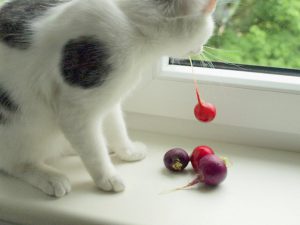
Yes, radish is a suitable food for housecats. It is a good source of fiber, which helps to keep your cat’s digestive system healthy, and it also contains important nutrients like vitamin C and potassium. Radish can be fed raw or cooked, so it’s a versatile food option that your cat will likely enjoy.
Offering radish to pets might not be a good idea
If you are considering feeding your indoor pets with radish, please be aware that radishes may not be as appealing to them as you think. While they are safe for most house-pets to eat, it may be best to stick with regular pet-specific food from the pet-store instead. While radish may be safe for most indoor pets to consume, it might not be the best food option for them. Pets have specific dietary needs that should be met in order to ensure their health and well-being. Therefore, it is best to consult with a veterinarian or pet nutrition specialist to determine the best diet for your pet.
Wild radish is not the same as domestic radish! I’f you’re not sure what type of radish you have, it’s very easy to distinguish as wild radish is just a yellow flowering weed as opposed to red (usually) bulbous root that we buy at the grocery store. Wild radishes are not for pets! They can be dangerous to your furry friend because of the large amounts isothiocyanate in them, which poses as harmful chemicals and toxins when ingested by dogs or other animals alike! The plant’s seeds also carry with them some pretty nasty poison capabilities that could kill you if eaten whole – so keep your pets away from the wild radishes.

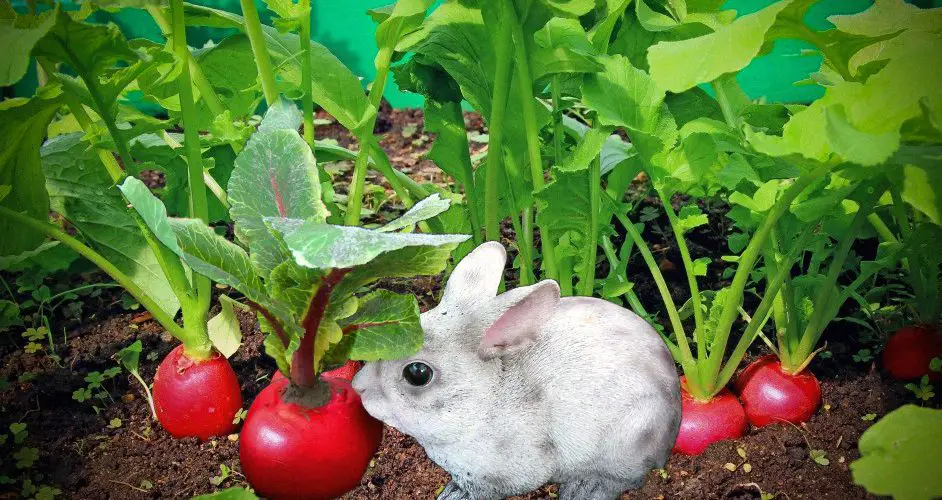
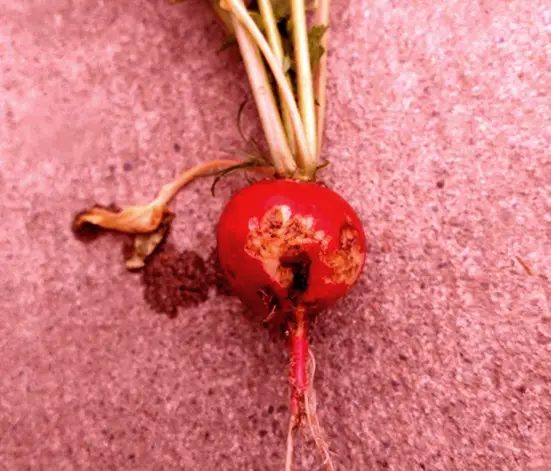
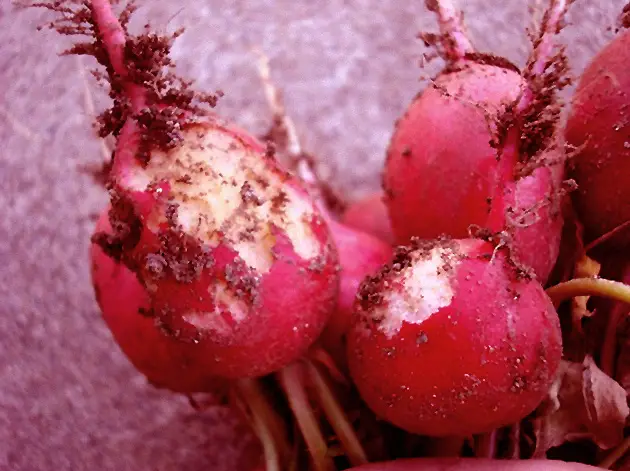
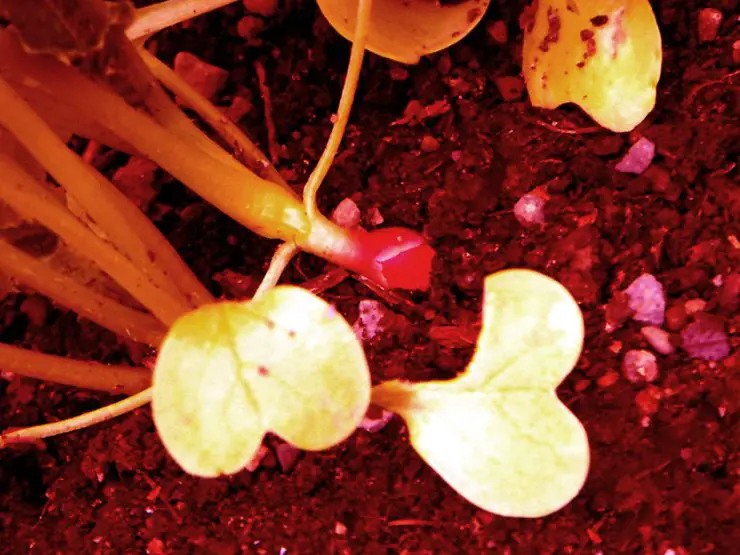
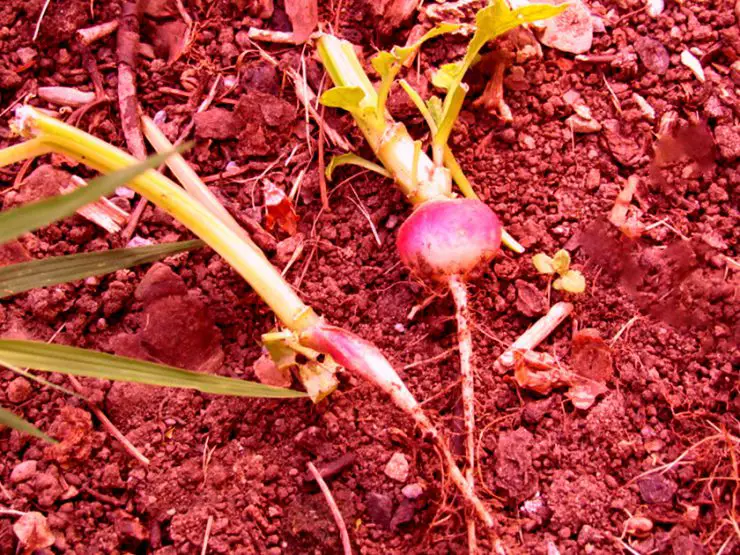
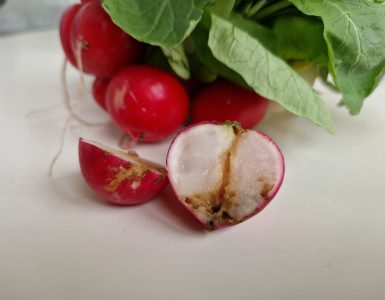
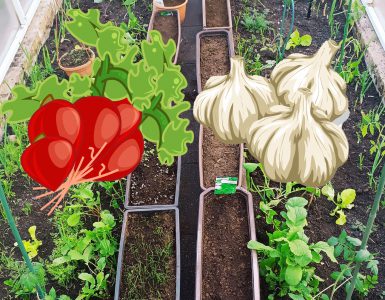
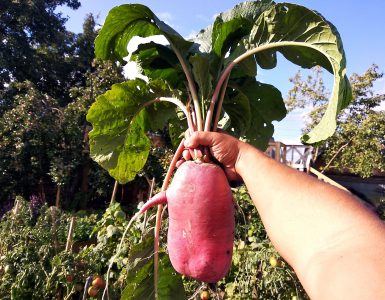









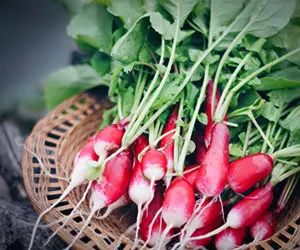

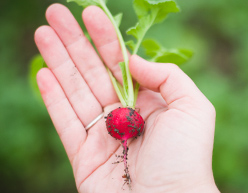





Add comment